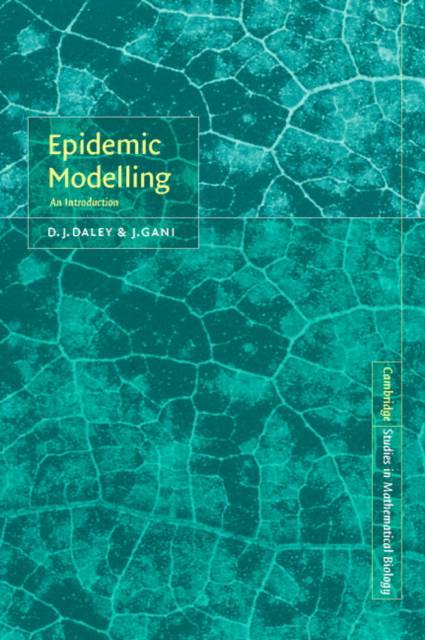
Door een staking bij bpost kan je online bestelling op dit moment iets langer onderweg zijn dan voorzien. Dringend iets nodig? Onze winkels ontvangen jou met open armen!
- Afhalen na 1 uur in een winkel met voorraad
- Gratis thuislevering in België vanaf € 30
- Ruim aanbod met 7 miljoen producten
Door een staking bij bpost kan je online bestelling op dit moment iets langer onderweg zijn dan voorzien. Dringend iets nodig? Onze winkels ontvangen jou met open armen!
- Afhalen na 1 uur in een winkel met voorraad
- Gratis thuislevering in België vanaf € 30
- Ruim aanbod met 7 miljoen producten
Zoeken
Omschrijving
This general introduction to the mathematical techniques needed to understand epidemiology begins with an historical outline of some disease statistics dating from Daniel Bernoulli's smallpox data of 1760. The authors then go on to describe simple deterministic and stochastic models in continuous and discrete time for epidemics taking place in either homogeneous or stratified (nonhomogeneous) populations. They offer a range of methods for constructing and analyzing models, mostly in the context of viral and bacterial diseases of human populations. These models are contrasted with models for rumors and macro-parasitic diseases. Questions of fitting data to models, and the use of models to understand methods for controlling the spread of infection, are discussed. Exercises and complementary results at the end of each chapter extend the scope of the text.
Specificaties
Betrokkenen
- Auteur(s):
- Uitgeverij:
Inhoud
- Aantal bladzijden:
- 228
- Taal:
- Engels
- Reeks:
- Reeksnummer:
- nr. 15
Eigenschappen
- Productcode (EAN):
- 9780521014670
- Verschijningsdatum:
- 28/05/2001
- Uitvoering:
- Paperback
- Formaat:
- Trade paperback (VS)
- Afmetingen:
- 159 mm x 231 mm
- Gewicht:
- 312 g

Alleen bij Standaard Boekhandel
+ 175 punten op je klantenkaart van Standaard Boekhandel
Beoordelingen
We publiceren alleen reviews die voldoen aan de voorwaarden voor reviews. Bekijk onze voorwaarden voor reviews.











